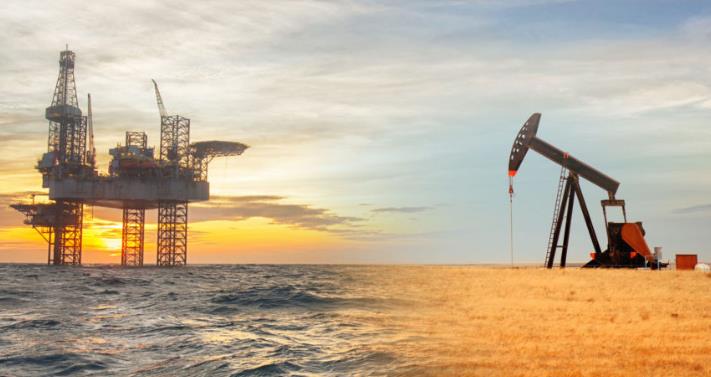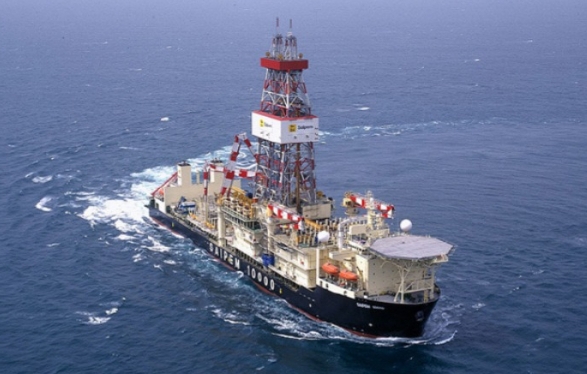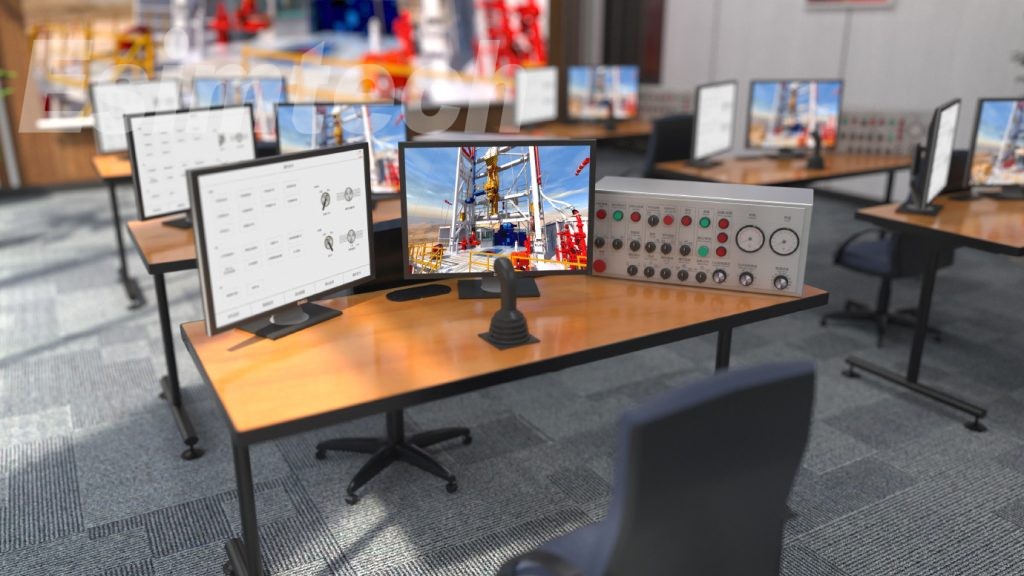What You Should Know About Oil Drilling Rigs
Oil drilling rigs serve as vital infrastructure for extracting hydrocarbons deep within the Earth's surface. These towering structures, positioned both onshore and offshore, represent remarkable feats of engineering and technology. This article delves into the world of oil drilling rigs, exploring their diverse types, functions, and transformative innovations that have shaped the industry.

Common Types of Oil Drilling Rigs
Onshore Rigs
Conventional Land Rigs: Versatile rigs used for vertical and deviated well drilling across various geological terrains.
Mobile Drilling Units: Portable rigs designed for rapid setup and dismantling, often utilized for exploratory drilling due to their mobility.
Jack-Up Rigs: Transportable offshore platforms with extendable legs, deployed in shallow waters for stability during drilling operations.
Semi-Submersible Rigs: Buoyant pontoons and columns that partially submerge, offering stability even in rough seas, commonly used in deepwater exploration.
Drillship Rigs: Self-propelled vessels equipped for drilling, featuring dynamic positioning systems for stability in deepwater and remote locations.

Tension Leg Platforms (TLPs): Floating platforms tethered to the seabed, providing stability while allowing vertical movement, ideal for deepwater drilling.
Functions of Oil Drilling Rigs
Exploration Drilling
Site Assessment: Initial appraisal of prospective drilling areas using geological data and seismic studies.
Wildcat Wells: Drilling test wells to assess the presence and potential quantity of hydrocarbons, crucial for identifying reserves.
Production Drilling
Production Wells: Creation of wells to extract oil and gas from confirmed reserves, the primary function of drilling rigs.
Appraisal Drilling: Assessment of reserve size and quality post-discovery, aiding in determining commercial viability.
Enhanced Oil Recovery (EOR) Drilling: Utilization of techniques like EOR to maximize production from mature fields.
Directional and Horizontal Drilling
Accessing reservoirs not directly beneath the drilling site, enhancing reservoir access and recovery.
Well Maintenance and Workovers
Ensuring wellbore integrity and retiring wells at the end of their productive life through plug and abandonment operations.
Noteworthy Innovations in Oil Drilling Rigs
Automation and Remote Monitoring
Integration of advanced control systems and sensors for real-time data collection and analysis, enhancing drilling accuracy and safety.
Top Drives
Motorized drilling systems providing rotational power, enabling faster and controlled drilling, particularly useful for complex tasks. The top drive simulators have been developed with the goal of training the functioning of the top drive device. It may provide training for all top drive operations as well as common accident handling. It can be utilized for driller/driller assistant, technician, and drilling team leader training. Trainees can master the operating method of top drive and the handling skills of common mishaps by training with the system.

Directional Drilling Technologies
Innovations like rotary steerable systems and measurement-while-drilling (MWD) equipment for accurate drilling of deviated and horizontal wells.
Digital Twin Technology
Creation of virtual models replicating physical rigs, allowing for simulation and optimization of drilling processes, enhancing safety and efficiency.
Dual Gradient Drilling (DGD) Systems
Techniques controlling drilling fluid density for consistent well pressure, reducing the risk of blowouts and environmental incidents.
Enhanced Drilling Fluids
Development of environmentally friendly drilling fluids enhancing lubrication, temperature stability, and wellbore stability for safer and sustainable drilling.
Wellbore Monitoring and Control Systems
Advanced systems continuously monitoring downhole conditions and improving drilling parameters using real-time data, enhancing accuracy and safety.
Conclusion
Oil drilling rigs are indispensable for the exploration and production of hydrocarbon resources, performing diverse functions across various terrains. Recent innovations have made drilling operations safer, more efficient, and environmentally friendly, ensuring a sustainable energy future. These rigs remain at the forefront of technological advancement, unlocking new reserves and driving the energy industry forward.
- Art
- Causes
- Crafts
- Dance
- Drinks
- Film
- Fitness
- Food
- Games
- Gardening
- Health
- Home
- Literature
- Music
- Networking
- Other
- Party
- Religion
- Shopping
- Sports
- Theater
- Wellness


